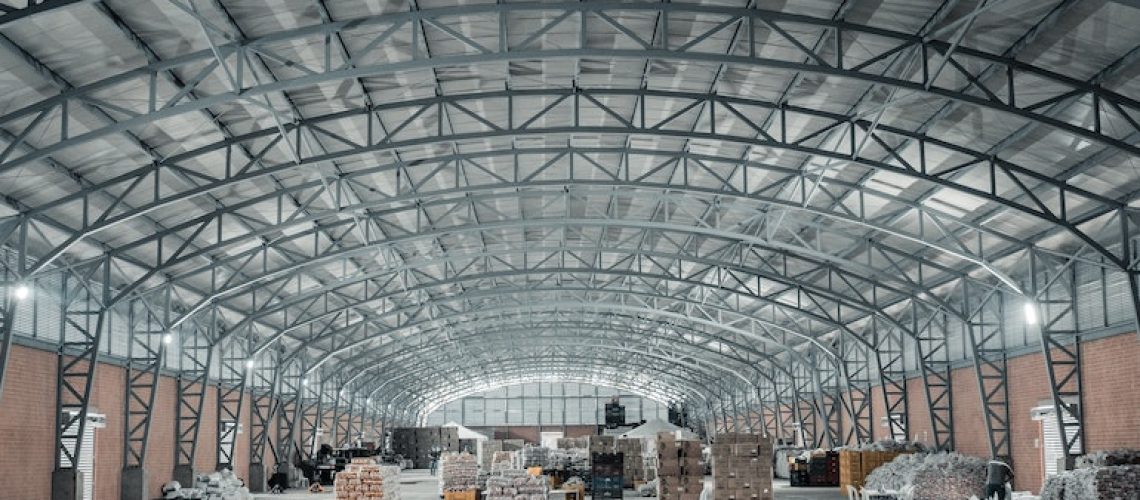Details around the Inflation Reduction Act’s new Qualifying Advanced Energy Project Tax Credit (48C) have been released by the DOE, Dept. of the Treasury and IRS. This program is distributing $4 billion in credits for over 100 projects across 35 states that accelerate domestic clean energy manufacturing and reduce greenhouse gas emissions at industrial facilities. Of the $4 billion tax credits, $1.5 billion supports projects in historic energy communities.
DOE is partnering with Treasury and IRS to implement the Qualifying Advanced Energy Project Tax Credit. Established by the American Recovery and Reinvestment Act of 2009, the §48C Program was expanded with a $10 billion investment under the Inflation Reduction Act of 2022. At least $4 billion of the total $10 billion will be allocated for projects in designated §48C energy communities — communities with closed coal mines or coal plants as defined in Appendix C of IRS Notice 2023-44. The §48C Program provides an investment tax credit of up to 30% of qualified investments for certified projects that meet prevailing wage and apprenticeship requirements.
The §48C Program received significant interest from industry in Round 1. Applicants submitted project proposals seeking a total of nearly $42 billion in tax credits across all categories of projects, including nearly $11 billion for projects in designated energy communities census tracts. DOE received approximately 250 full applications from projects requesting a total of $13.5 billion in tax credits. There was great variety in the size and scope of projects, with applicants requesting tax credits ranging from under $1 million to over $100 million.
Round 1 allocations include:
Clean energy manufacturing and recycling: $2.7 billion in tax credits (67% of round 1 tax credits)
- Selected from applications requesting support for the buildout of U.S. manufacturing capabilities critical for clean energy deployment and span clean hydrogen (e.g., electrolyzers, fuel cells, and subcomponents), grid (e.g., cables, conductors, transformers, and energy storage), electric vehicles (e.g., battery components, power electronics), nuclear power, solar PV, and wind energy (including offshore wind components), among other industries and components critical to supporting secure and resilient domestic clean energy supply chains.
Critical materials recycling, processing, and refining: $800 million in tax credits (20% of round 1 tax credits)
- Selected projects are investing in multiple electrical steel applications, lithium-ion battery recycling, and rare earth projects, all critical areas for maintaining a secure, reliable energy system and advancing the clean energy transition.
Industrial decarbonization: $500 million in tax credits (13% of round 1 tax credits)
- Selected projects would implement decarbonization measures across diverse sectors, including chemicals, food and beverage, pulp and paper, biofuels, glass, ceramics, iron and steel, automotive manufacturing, and building materials. Low-carbon fuels, feedstocks, and energy sources are well-represented as a solution for decarbonization across these projects.
For selected projects to receive the tax credit, information will need to be submitted to the 48C portal within two years to certify the project. Within an additional two years following project certification, the project must be placed in service.
As required by statute, the §48C(e) program will publish the names of all organizations with certified projects and the amount of that allocation after projects are certified. Prior to certification, law prohibits the §48C(e) program from providing identifying information about allocation recipients or their projects without the applicant’s consent. Allocation recipients are not required to publicly share information about their allocation at this time, but some may choose to do so voluntarily. Allocation recipients who are interested in doing so may contact DOE about the potential to voluntarily participate in upcoming DOE announcements. Participation in upcoming announcements will not affect the recipient’s allocation in any way.
Treasury and IRS will issue a notice for the second round of the §48C program in the coming months, with the concept paper submission window anticipated this summer.
News item from DOE



